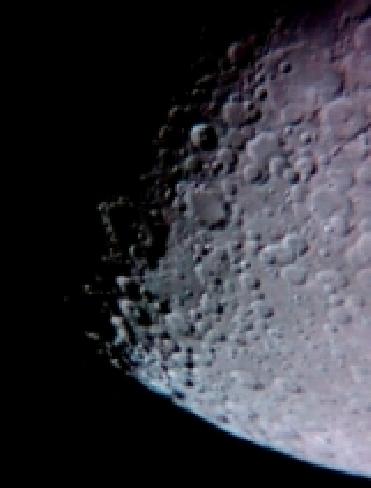
PARIS (BNS): The European Space Agency on Wednesday announced its plan to launch a Lunar Lander mission which will explore the yet-to-be-visited south polar region of the Moon.
The space agency targets to send the Lunar Lander by the end of this decade. This will be Europe's maiden Moonlander.
The spacecraft will be launched with two objectives – to fly a precise course from lunar orbit to the surface and touch down safely and accurately. On the way down, it would image the surface and recognise “dangerous features” by itself, using its own ‘intelligence’ and navigation technology.
Secondly, the lander will examine the properties of this 'unique' lunar region and the possible health effects of radiation and lunar dust on future astronauts. Besides, it will also examine soil properties of the region for any likely resources that could be used by future astronauts, ESA said.
Moon's South Pole region features dark craters and high ridges, and gets sunlight for long periods.
ESA will now conceive a design plan for the spacecraft and the particular regions it will explore during the mission.
This 18-month phase will begin this summer, taking the Lunar Lander from a design concept to hardware reality. The goal is for launch by the end of this decade, the space agency said.
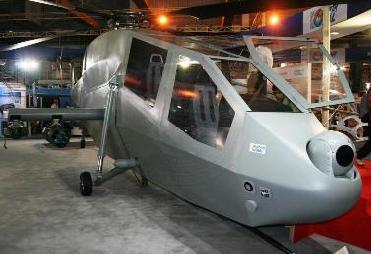 Previous Article
Previous Article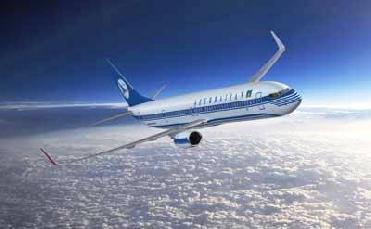 Next Article
Next Article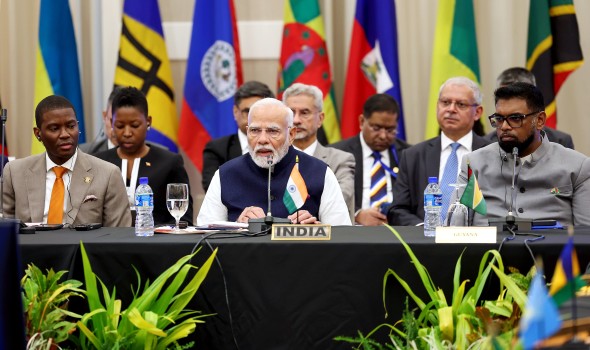
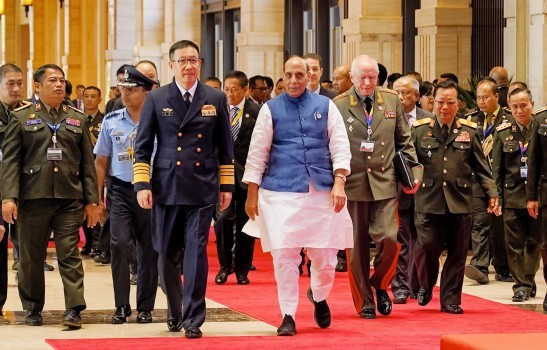
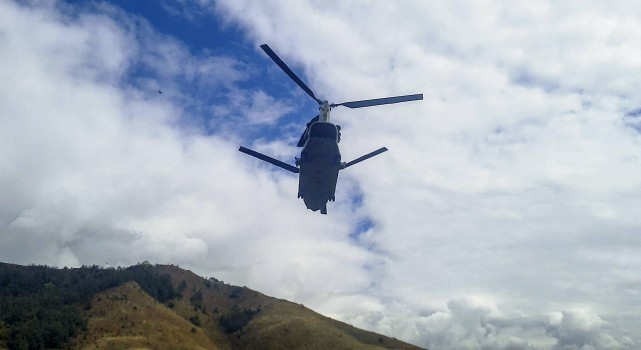
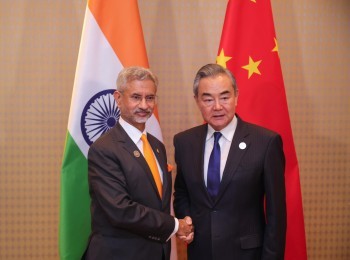

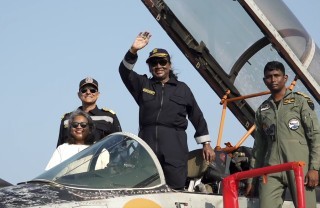
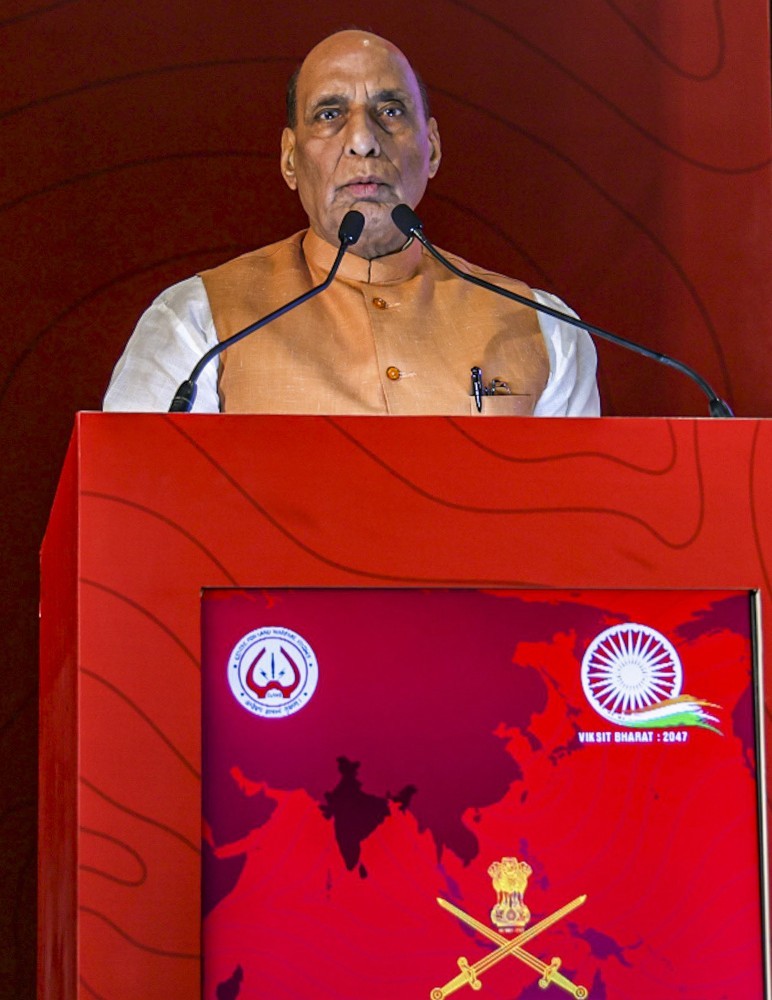





The Indian Air Force, in its flight trials evaluation report submitted before the Defence Ministry l..
view articleAn insight into the Medium Multi-Role Combat Aircraft competition...
view articleSky enthusiasts can now spot the International Space Station (ISS) commanded by Indian-American astr..
view article